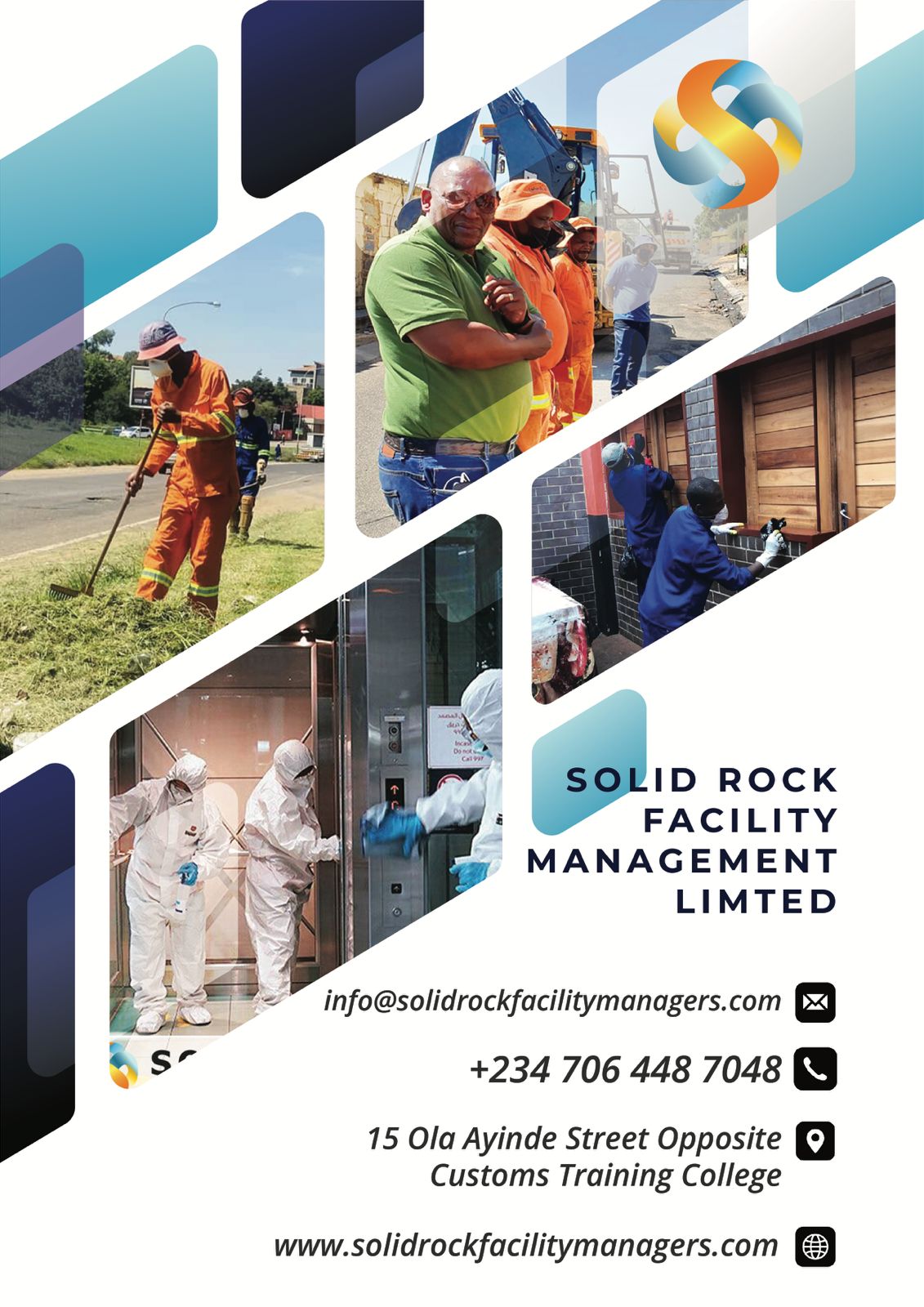Significant Parts Of Fire Safety
Explore commonly overlooked elements when it comes to fire safety and prevention.
Fire safety is a critical aspect of building ownership and management. All commercial building owners must be aware of safety regulations and know how to keep employees and customers safe. But, even the even the most diligent building owners can overlook aspects of fire safety. Here are five critical areas building owners must always check to comply with regulations, and to keep everyone in the building safe in case of a fire emergency.
1. Proper Storage
Storage rooms, closets, and garage-style areas are breeding grounds for fires. Ensure all storage is done so properly. Inspect storage areas at least once a month to ensure combustible material such as documents, files, paper trash, and wood are stored away from any chemicals or combustibles. Be sure all boxes are stacked properly and away from exits and aisles leading to exits. Separate all hazardous materials and have these items stored away from the property. Lastly, implement detailed storage safety protocols with all occupants of the buildings.
2. Fire Doors And Emergency Exits
Emergency exits and fire safety doors are the lifelines for occupants during any type of emergency, especially fires. Having emergency exits malfunction or blocked during an emergency can lead to severe harm and even death. Regularly inspect all exits to the building. Check for doors that are blocked and remove any blockages such as boxes or trash. Make sure all fire exits are properly marked and fire safety lights are working. Furthermore, conduct drills with building occupants at least twice a year so everyone knows where the closest emergency exit is in case of an emergency.
3. Electrical System
Electrical issues are one of the leading causes of commercial building fires. Even though these fires are a leading cause, electrical systems often go without regular maintenance. The lights are on, everyone’s computer is working, so why check out the electrical system? An office building’s electrical system must be inspected by a professional electrician at least once a year to keep up with regulations and ensure the system is properly functioning. Make sure all circuit breakers and surge protection devices are up to code.
4. HVAC Systems
Many building owners don’t think of HVAC systems as potential fire hazards. This couldn’t be further from the truth. HVAC systems are a leading cause of commercial building fires. So, making sure they are properly maintained by a certified HVAC tech will help keep the system functioning properly and help prevent potential fires. For outside HVAC systems, often on roofs, make sure the system is free of debris like leaves and branches. Be sure to check the system after storms especially because this is when most debris will fall and damage the system. By routinely inspecting and cleaning the HVAC system, including air filters and air vents, potential fire hazards can be minimized. Have the HVAC technician inspect all ductwork and smoke detection systems within the HVAC system.
Reduce Cleaning Expenses With The Right Equipment
It’s critical to have high-quality cleaning equipment to sustain a high standard of cleanliness. Read more…
While all commercial buildings are required to have fire suppression systems, their efficiency can diminish overtime without proper maintenance. Fire extinguishers, alarms, and sprinkler systems must all undergo regular inspections and testing, at least every six months, to ensure they are functioning at optimum efficiency. Also, having firefighting equipment, extinguishers, small axes in glass cases, accessible on the property and providing training to employees in case of emergency is necessary to keep all occupants safe during a fire. Incorporate scheduled training for all new employees and hold updated training sessions every six months to ensure everyone is up-to-date on all fire safety procedures.
Fire safety is important for all buildings. When inspecting buildings for potential fire hazards, owners and operators must be on the lookout for even the smallest of hazards that can create large fires. By paying attention to these five key areas, facility executives can keep employees, customers, and property safe in case of a fire emergency. Fire safety is not just about meeting regulations, it is about keeping everyone inside as safe as possible.




